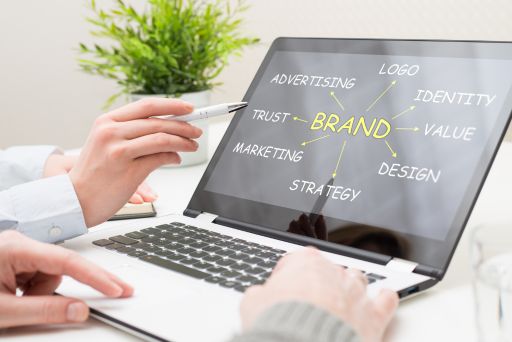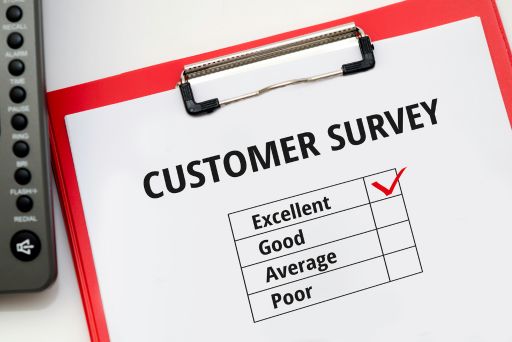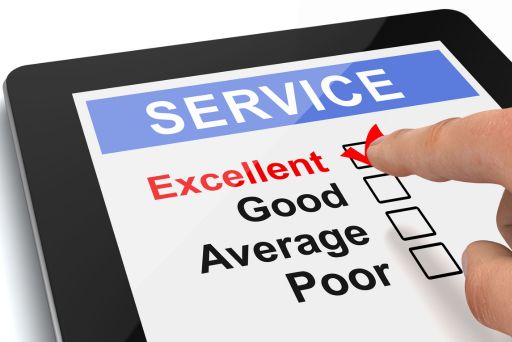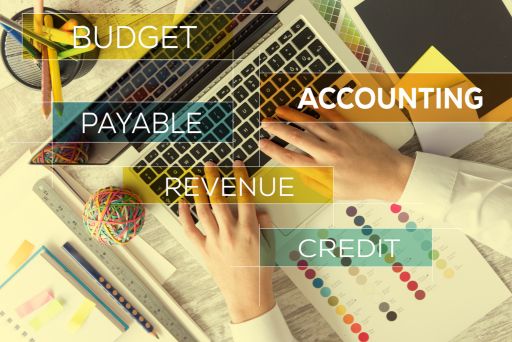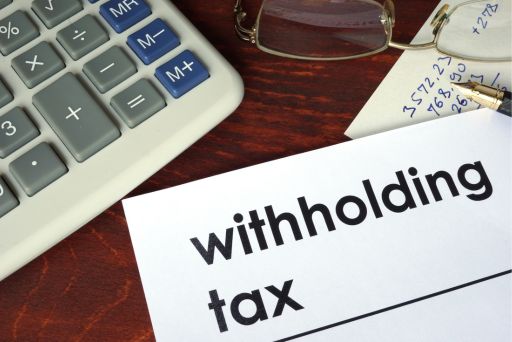
When you run a small business, the title, owner, translates to: head of marketing, inventory manager, customer service rep, etc. It’s impossible to stay on top of everything unless you develop organizational habits.
Learning to be more organized is essential to living a balance and happy life. However, there are a few direct benefits to becoming organized. First, being organized helps to lower stress. We don’t have to tell you what relieving a little stress can do for your health. Second, by developing organizational habits you can become more effective. Which means you can do more with your business and improve your life.
Conquering these 5 organizational habits can help you stay on top of all the tasks pulling at you and help you grow a successful business.
Organizational Habit 1: Prioritize Your To-Do List
The first organizational habit you should develop is utilizing to-do lists. A simple to-do list on your phone can free up so much space in your head.
A to-do list is a great place to start but in order to be more organized you’ll have to go beyond just listing things out. Learning how to prioritize your to-do list is going to simplify your life.
When you don’t know how to prioritize, you end up being overwhelmed by a long list of things to do and you don’t accomplish anything, at least not fully. You must be able to pick out the most important items on your list and do them first. Not only is a prioritized to-do list going to give you more direction, it can also free up some of your time.
Once you prioritize what you need to do, you can delegate any tasks that don’t require your attention to your team. Learning to delegate is a life saver as a small business owner.
Organizational Habit 2: Prepare for Tomorrow
Everyone wants to be able to leave their work behind and relax at the end of the day, even small business owners. However, there is always a list of things that need to be done. This organizational habit will help you leave work behind so that you aren’t constantly thinking about it.
Before you leave work for the day, take a couple of minutes to jot down any tasks that need to be done the next day. This will help you in two ways. First, a good brain dump will free up your mind. So, instead of spending all night remembering tasks that need to be done, you can spend five or ten minutes at work to think and jot them down. Now you can relax for the rest of the evening. Second, when you come into work the next day you won’t waste time trying to figure out what you need to do. You’ll already have a list of tasks to complete and you can prioritize those and get going.

Organizational Habit 3: Keep Things Tidy
There is a huge correlation between a cluttered space and a cluttered mind. In order to focus on your work you need to minimize other distractions, including clutter!
The first step in becoming tidy is having a place for everything. Look around your desk or office and determine what you can store away. What do you need within arms reach? Find a place for everything so that when you’re finished with it you know where it should go. Also, take this time to declutter. The less you have the better!
Once you have a place for everything you must be diligent in keeping things in order. Don’t procrastinate putting things away. It’s also a great to get in the habit of cleaning up your space for a couple minutes every day. Cleaning at the end of the day is a great way to decompress from a day’s work and set yourself up for success tomorrow.
Organizational Habit 4: Scan Important Documents
Being tidy can be relatively easy, until we get hit with a stack of paper. Paper tends to be the biggest contributor to clutter. The simplest way to clear your space and your mind is to get rid of the papers.
Instead of hanging on to every piece of paper learn to toss them. If you think it might be important later, scan it and save it on your computer. If you want to know how long to keep something you can use our guide, How Long to Keep Important Financial Documents.
Organizing Receipts
Receipts are a whole other mess to be tackled. You need to keep track of important receipts, especially anything you plan to use as a business deduction. Anything that isn’t going to be used for tax purposes can be tossed.
The IRS accepts digital copies of receipts, so any important receipts can be scanned and saved for future reference.
It’s good to get in the habit of scanning your receipts and organizing them within files on your computer. You can also add notes along with your receipt so that you know what the expense was for. This will come in handy if you’re audited and have to prove why that lunch was a business expense.
Organizational Habit 5: Keep Track of Your Time
We’re not talking about clocking in and out. You’re the boss. Your paycheck isn’t based on the hours you put in. What we’re talking about here is keeping track of how you spend your time.
There are a lot of different time organizational habits you can choose from. However, the most important thing is to learn how to focus on one task at a time. Whether you time block or use the Pomodoro method, or some other trick, you have to be able to stick to one thing if you want to organize your time.

An important aspect of time management is learning to minimize distractions. This means turning your phone on silent, closing Facebook and shutting your office door. If you allow too many distractions in your workspace then you won’t be able to focus on your tasks. You’ll spend more time doing simple tasks and you wont’ be able to accomplish nearly as much.
We hope these 5 organizational habits will help you improve your business. Let us know what works for you!
FAQs on Organizational Habits for Small Business Owners:
Why are organizational habits crucial for small business owners?
Small business owners juggle various roles, and being organized helps manage tasks effectively, reducing stress and increasing productivity.
How can I prioritize tasks effectively using to-do lists?
Prioritize tasks based on urgency and importance to streamline workflow and ensure crucial tasks are completed first, enhancing productivity.
Why is preparing for tomorrow important for small business owners?
Preparing tasks in advance allows for a clear mind and efficient workflow, minimizing wasted time and maximizing productivity the following day.
How can I effectively manage paper clutter and important documents?
Scan and digitize important documents to reduce paper clutter, ensuring easy access and organization. Utilize digital receipts and categorize them for efficient record-keeping.
What is the significance of tracking time for small business owners?
Tracking time aids in optimizing productivity by focusing on one task at a time and minimizing distractions. Implementing time management techniques enhances efficiency and task completion.






